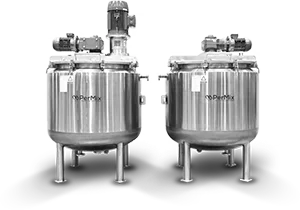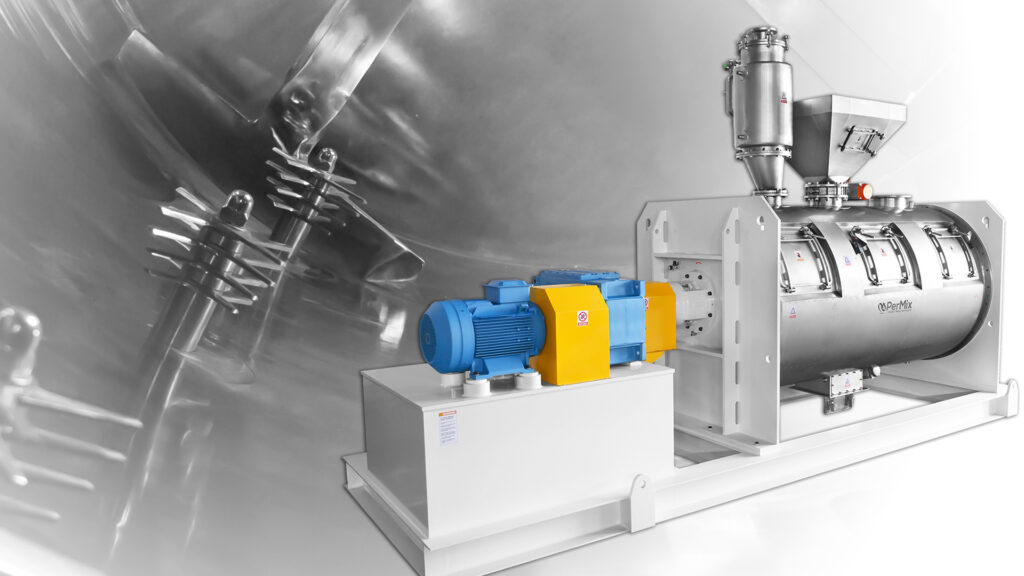Industrial Mixers
PerMix News & Updates



Introduction:
In recent years, seaweed has emerged as a nutritional powerhouse, earning the title of “superfood” due to its impressive health benefits. Beyond its culinary appeal in sushi rolls, seaweed is gaining recognition for its sustainable cultivation practices and unique ability to harness the power of the ocean. One intriguing aspect of seaweed production is the process of water evaporation, a natural phenomenon that contributes to the exceptional quality of these marine superfoods.
The Superfood Surge:
Seaweed, a type of macroalgae found in oceans around the world, is making waves in the health and wellness community. Packed with vitamins, minerals, and antioxidants, seaweed offers a nutrient-dense alternative to land-based vegetables. Varieties like nori, kelp, and dulse are becoming staples in health-conscious diets, with benefits ranging from improved thyroid function to enhanced heart health.
Sustainable Cultivation:
Unlike traditional land-based agriculture, seaweed cultivation has minimal environmental impact. These aquatic plants thrive on sunlight and nutrients present in the ocean, requiring no additional land, freshwater, or pesticides. Seaweed’s ability to absorb carbon dioxide during growth makes it a sustainable option for combating climate change. As consumers increasingly prioritize eco-friendly choices, seaweed’s low ecological footprint positions it as a frontrunner in the superfood scene.
Water Evaporation in Seaweed Production:
One fascinating aspect of seaweed cultivation is the role of water evaporation. Seaweed is typically grown in controlled environments such as seaweed farms, where it absorbs water from its surroundings. As the seaweed absorbs water, it simultaneously extracts vital nutrients and minerals from the ocean, contributing to its nutritional density.
During the production process, seaweed is carefully harvested and undergoes a drying phase. Water evaporation is a crucial step in this process, as it concentrates the nutrients within the seaweed, resulting in a potent and nutrient-rich final product. The controlled evaporation enhances the flavor profile and nutritional content, making seaweed not only a sustainable choice but also a culinary delight.
Mixing and evaporating water from seaweed during food production can be achieved through various methods. Seaweed is a versatile ingredient rich in nutrients and flavors, but it often contains a significant amount of water. Here are different ways to process seaweed for food production:
Benefits of Seaweed Superfoods:
Conclusion:
As the demand for sustainable and nutrient-rich foods continues to rise, seaweed’s prominence as a superfood is set to grow. The intriguing process of water evaporation in seaweed production adds another layer to its appeal, showcasing not only its health benefits but also its eco-friendly cultivation practices. Embrace the ocean’s bounty and unlock the potential of seaweed as a delicious and sustainable addition to your diet.
